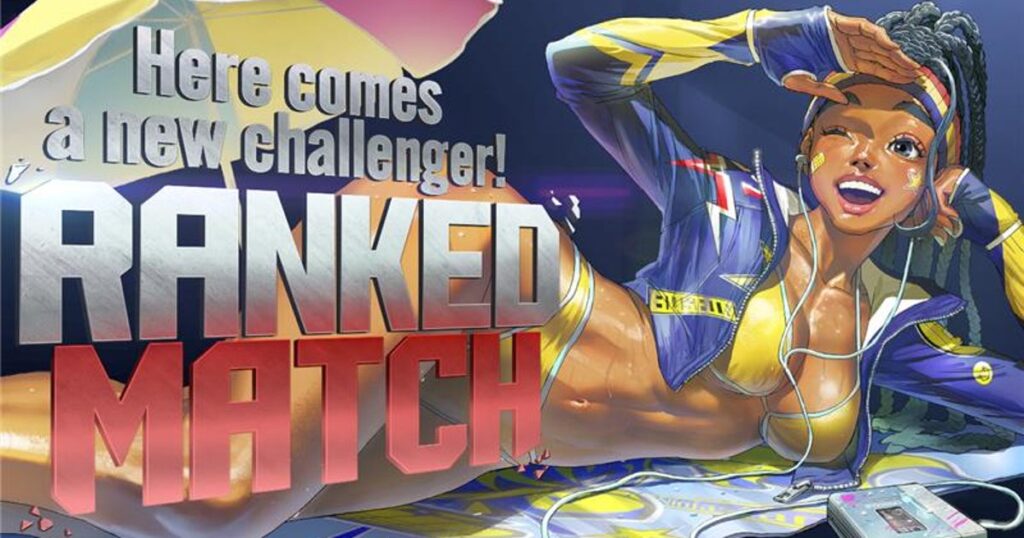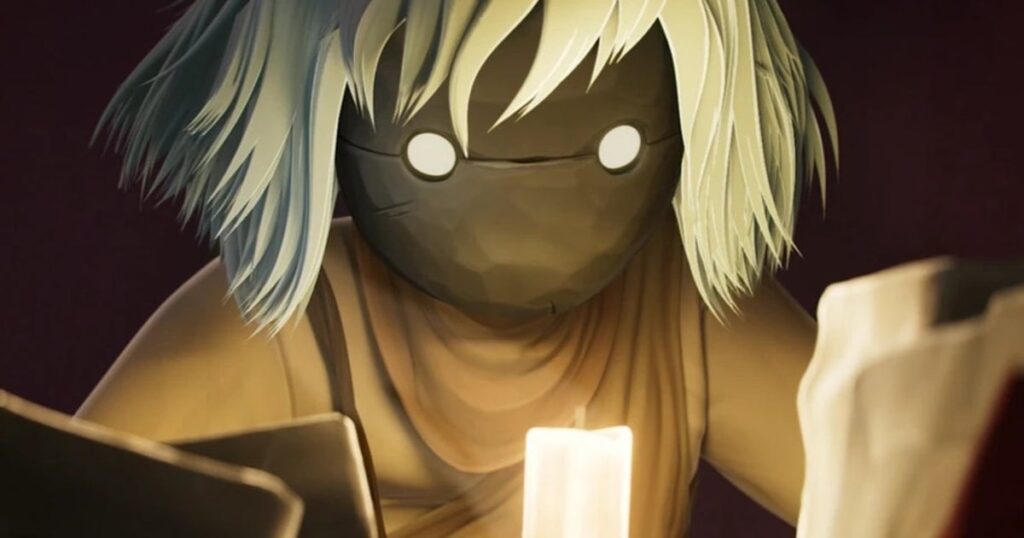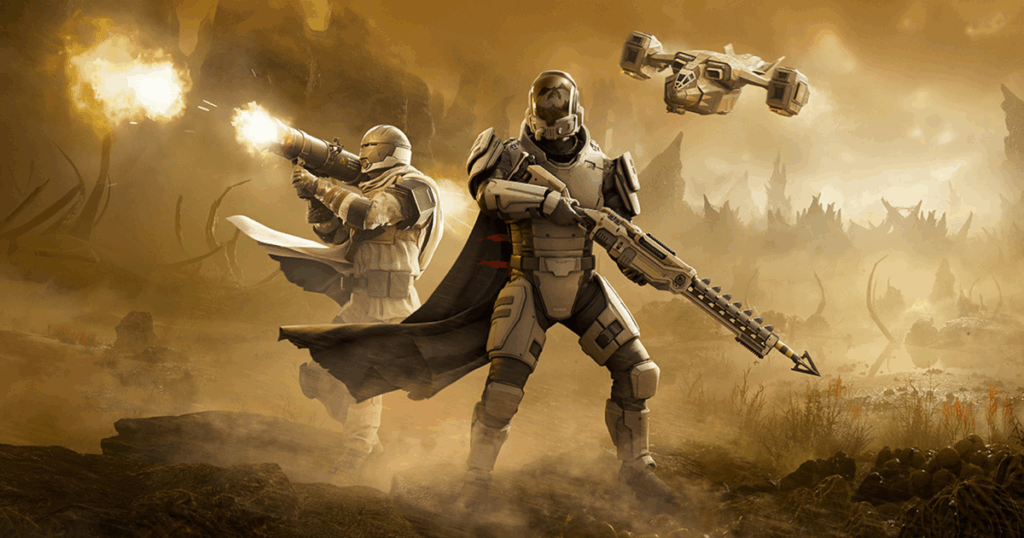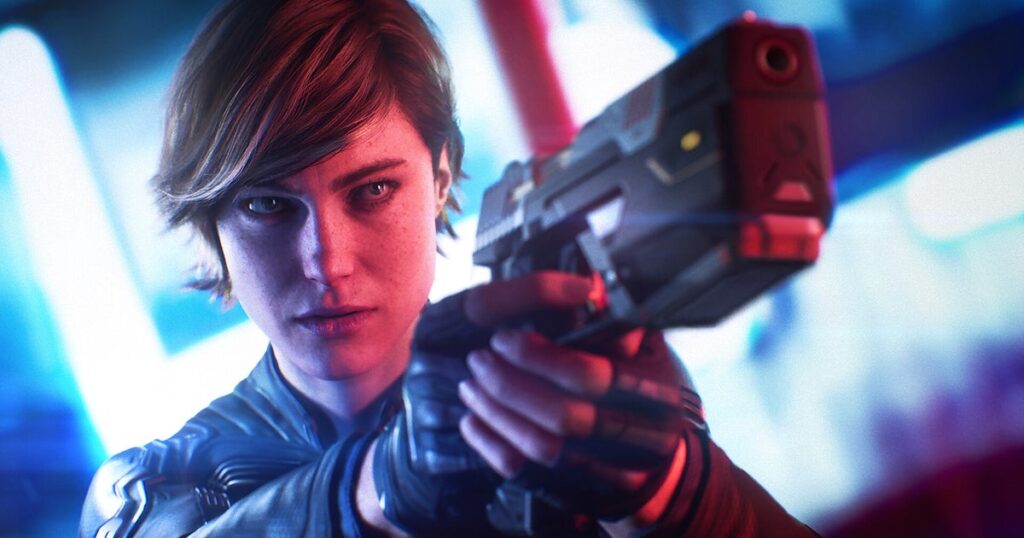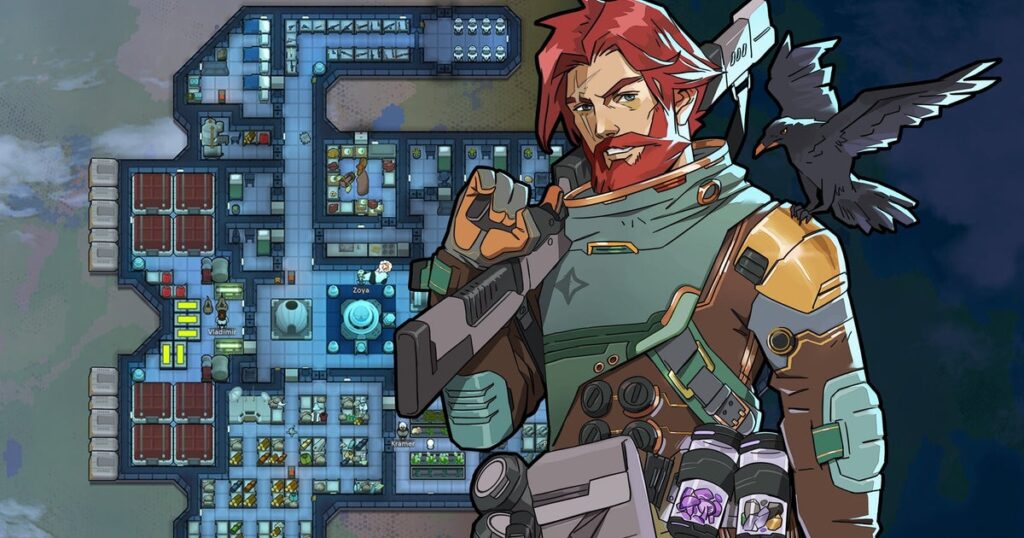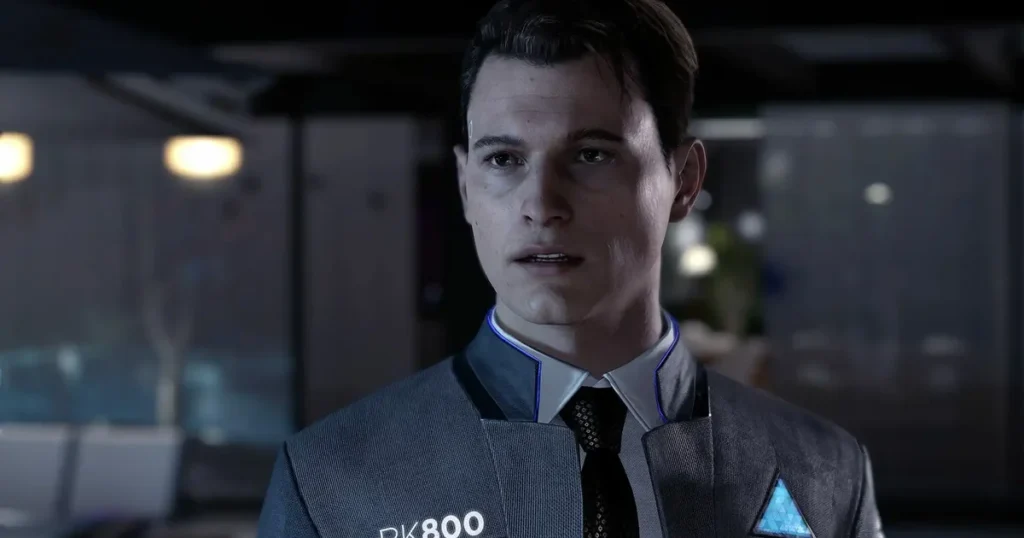The latest round of layoffs at Xbox and its game studios didn’t just slash jobs across the organisation; some entire projects that had been in development for years were also shut down as part of the cuts.
While the layoffs in general have raised concerns about Microsoft’s stewardship of the huge collection of game studios and publishers it has amassed over the past six or seven years, it’s this cancellation of projects after lengthy and no doubt expensive development cycles that has raised the most eyebrows.
There’s a narrative taking form that Microsoft just isn’t good at managing game development. Cancelling titles like Everwild and Perfect Dark plays directly into that narrative, fairly or otherwise.
It’s not, of course, that Microsoft’s studios aren’t capable of producing excellent games – MachineGames’ Indiana Jones and the Great Circle, Obsidian’s Avowed, and id’s Doom: The Dark Ages are all solid recent examples of great releases from Microsoft-owned studios.
Yet there’s also no question that other studios in the stable are struggling, with projects ending up delayed, underperforming, or stuck in development hell more often than can be explained by mere bad luck. Some games and studios have thrived under Microsoft’s ownership, or at least have figured out how to navigate the company’s internal politics and procedures to their advantage. Others don’t seem to be doing quite so well.
It is worth noting that at least some of the criticism levelled at Microsoft over these cancelled projects does essentially boil down to a sunk cost fallacy. It’s undoubtedly sad that a project that many talented people have worked on for the best part of a decade does not come to fruition and ends up being cancelled, but the assumption that there must have been something salvageable, something that could be tidied up and released, is one that’s quite divorced from the reality of both game development and publishing economics.
It’s entirely possible for a game to have been worked on for many years, going through countless iterations but never gelling in a way that feels fun and coherent. If it was possible to take the resulting scattered mess of code, assets, and levels and turn it into something coherent, the studio would have done so already, and investing more money and resources into trying to accomplish that is really just throwing good money after bad.
Launching a game is also an expensive process – even “sending it out to die” with minimal marketing support incurs fairly significant costs, and if the game is a total mess there’s a very high chance you won’t make back those publishing costs, let alone recouping the years and years of development investment.
How does a studio end up in that situation, though? Well, while the Anna Karenina principle applies very firmly to game development –”all happy families are alike; each unhappy family is unhappy in its own way”, so every failed development process has its own unique set of failures and miseries – there are nonetheless a few patterns that emerge over and over again when talking to developers and studio bosses who have gone through a development hell experience.
The first of these patterns is that for many studios, development hell essentially boils down to an obsession with preparing vertical slice after vertical slice, none of which ever get fully green-lit into production. Vertical slices are expensive and labour-intensive. They demand that you create a chunk of the game almost to production quality on every level, and all that work can end up being scrapped if fundamental design changes or pivots in focus are then made based on the reception of the vertical slice.
What emerges from trend chasing is often a mess – sometimes one that is salvageable to some extent, though the cracks will always show
Most developers say that they would prefer to work on simpler prototypes – extremely simplified versions of core loops, systems, and even levels that allow you to see if what you have is actually fun and compelling, and which are much cheaper and faster to iterate upon. The problem with them, though, is that they don’t look much like a polished final game (in extreme cases they’ll even implement some game systems in 2D, or even in a spreadsheet-style statistical interface, or on pieces of paper on a tabletop or whiteboard), which means that they’re quite demanding of their audience – they need to understand how this experience will translate into a beautiful, high-budget game.
If the decision-makers who’ll eventually fund or greenlight the project aren’t good at that, then presenting a vertical slice to them instead is more likely to succeed, and the relatively rapid creation of polished-looking chunks of game that’s possible with modern engines and development tools has pushed many studios to focus on that approach over extensive early prototyping. Costs snowball rapidly, however, if the studio ends up preparing many vertical slices one after the other, never quite getting into a full production cycle with any of them.
The other key problem, which often intersects with the endless cycle of vertical slice production, is trend chasing. This has always been a curse around the industry – people have been diving feet-first into the middle of development cycles to insist that the game pivot to copy the latest big hit title for as long as anyone can remember.
The problem has only worsened, however, as development cycles have lengthened and budgets have grown. A lot of games pivot mid-cycle, some of them multiple times; either to chase a trend in the final stages of development, or to undo ill-advised trend chasing from earlier in the cycle.
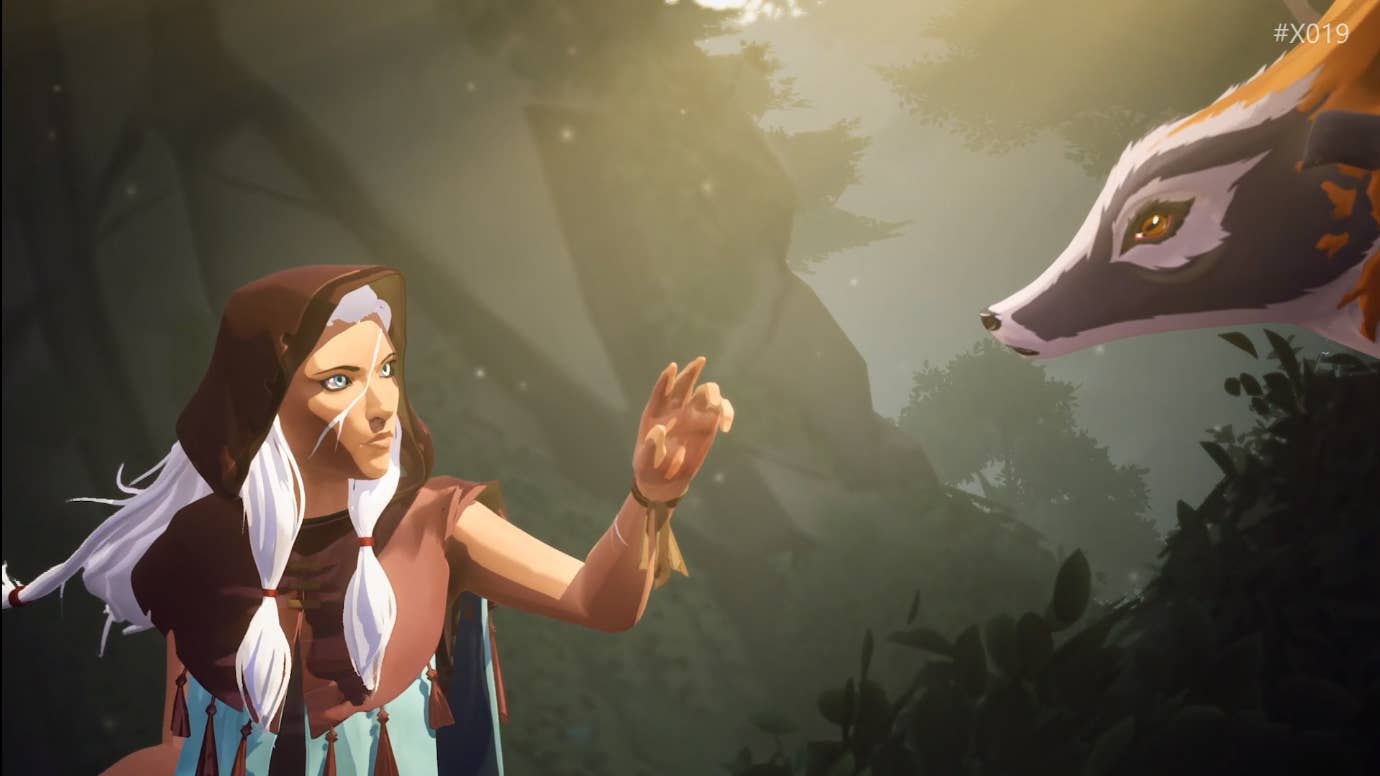
What emerges is often a mess – sometimes one that is salvageable to some extent, though the cracks will always show. So much of what was wrong with last year’s Dragon Age: The Veilguard, for example, made perfect sense once you learned that the game had pivoted away from an ill-advised initial design as a multiplayer title.
Often, though, it will simply end up being a mess that’s not in a releasable state, especially if some aspects of the trend aren’t actually compatible with the original vision for the game.
In both of these cases – and to be clear, there are many other reasons why development hell can rise up to swallow a title, these are just the ones I hear most commonly – there generally comes a point where losses have to be cut somehow.
A game that’s pivoted to chase trends might be releasable somehow. One that’s only got a litany of vertical slices to show for years of work is just going to have to be cancelled to stem the bleeding. Either way, arguably one of the key problems lies in having the wrong people in decision making roles – either people who do not fully understand how to translate a prototype into a vision for a final product, or people who are unable to hold faith in a game’s design and direction in the face of new industry trends emerging.
A studio having to try to please far too many decision makers who are all tugging in different directions means that a game’s vision ends up having to change based on the whims of internal corporate politics and whose particular star is in the ascendancy at a given moment
Simply having too many chefs in the kitchen can also lead to the same problem. A studio having to try to please far too many decision makers who are all tugging in different directions means that a game’s vision ends up having to change based on the whims of internal corporate politics and whose particular star is in the ascendancy at a given moment, rather than being consistent and focused for long enough to actually get the game made to a high standard.
With emotions running high in the wake of Microsoft’s layoffs, almost anyone who is willing to speak to the issues projects at the company have encountered has an axe to grind, and their statements have to be considered in that light. The question of why development on some of the company’s projects hasn’t been well-managed is one to which we won’t get a definitive answer any time soon.
It’s also important to note that no company in the industry is immune to these problems. Some are better at keeping a lid on information about their development failures, but every publisher cancels projects and every publisher has had its share of mismanaged projects that turned out terribly or should have been cancelled much sooner.
A key point, though, is that these aren’t really problems that arise in the same way in other fields of software development, where generally speaking there’s a specification for required functionality and operation, and the job is considered done when you tick all those boxes.
There are no nebulous, subjective questions in business software development about whether it’s fun or whether the experience “clicks” – which is why it can be dangerous to consider the management of game development as being analogous to software development in general.
Creative studios and their projects don’t work the same way as business software development teams – the approach required to manage them is radically different. That management skillset is core to the success of every great publisher, and with tens of billions of dollars invested in studio assets over the past few years, it’s a skillset that Microsoft needs to be absolutely world-class in – and soon.

